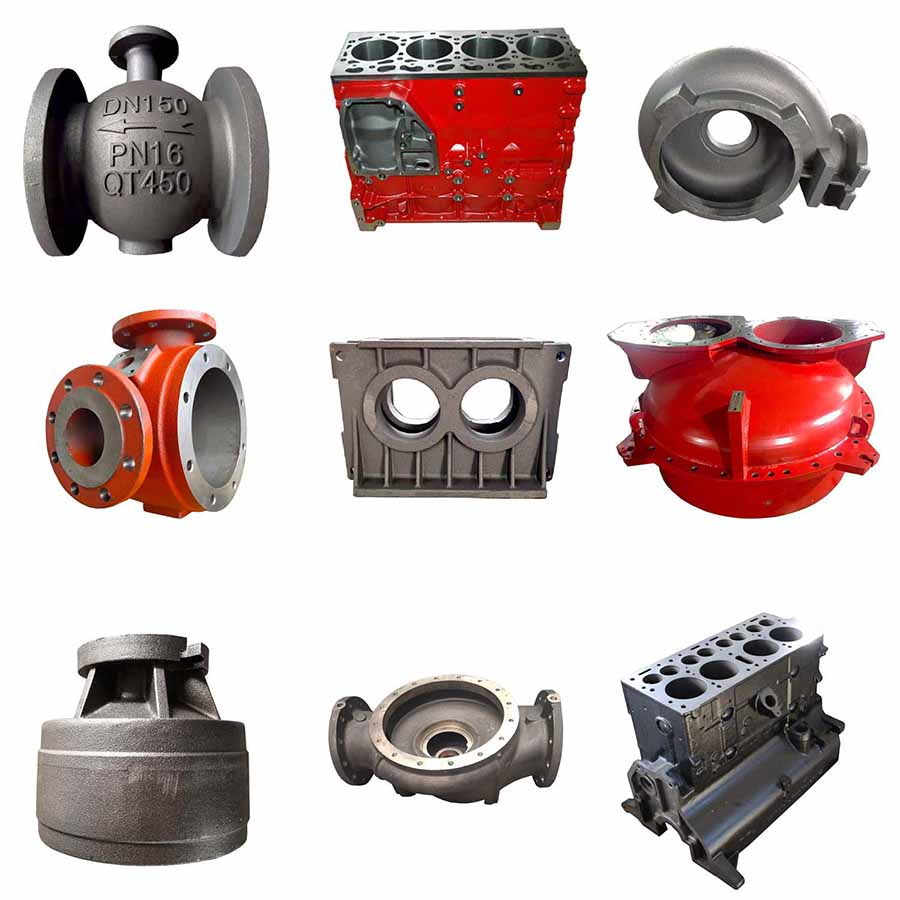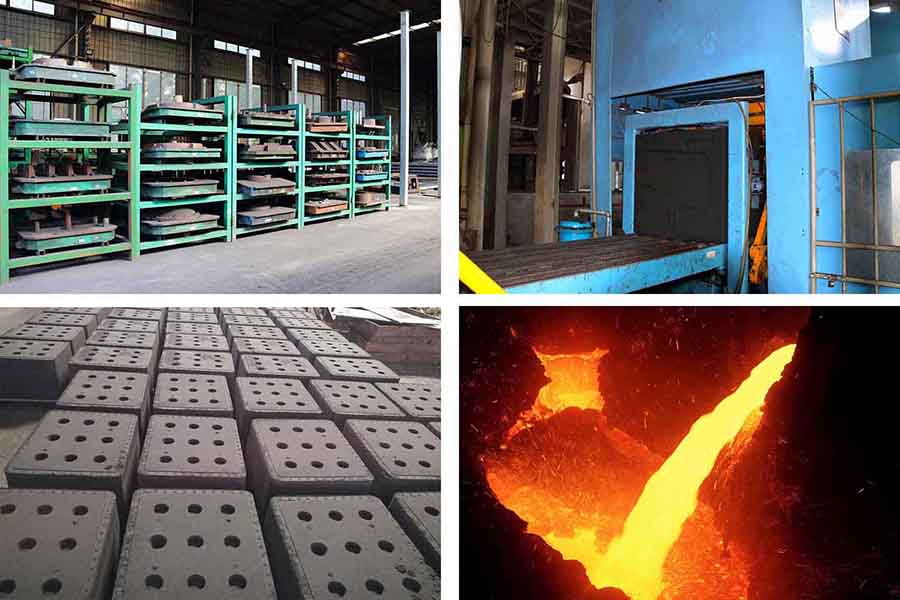Various casting processes have been developed over the time, each with its own characteristics and applications to meet specific engineering and service requirements.

- Typically made of sand, plaster, ceramics, and similar materials. Generally mixed with various binders, or bonding agents.
- A typical sand mold consists of 90% sand, 7% clay, and 3% water.
- These materials are refractory (withstand high temperature of molten metal).
- After the casting has solidified, the mold in these processes is broken up to remove the casting.
- Made of metals that maintain their strength at high temperatures.
- They are used repeatedly. Designed so casting can be removed easily and mold can be used again.
- Better heat conductor than expandable nonmetallic molds; hence, solidifying casting is subjected to a higher rate of cooling, which affects the microstructure and the grain size.
- Made of two or more different materials (such as sand, graphite, and metal) combining the advantages of each material.
- Molds have a permanent and an expendable portion and are used in various casting processes to improve mold strength, control the cooling rates, and optimize the overall economics of the process.

 русский
русский



